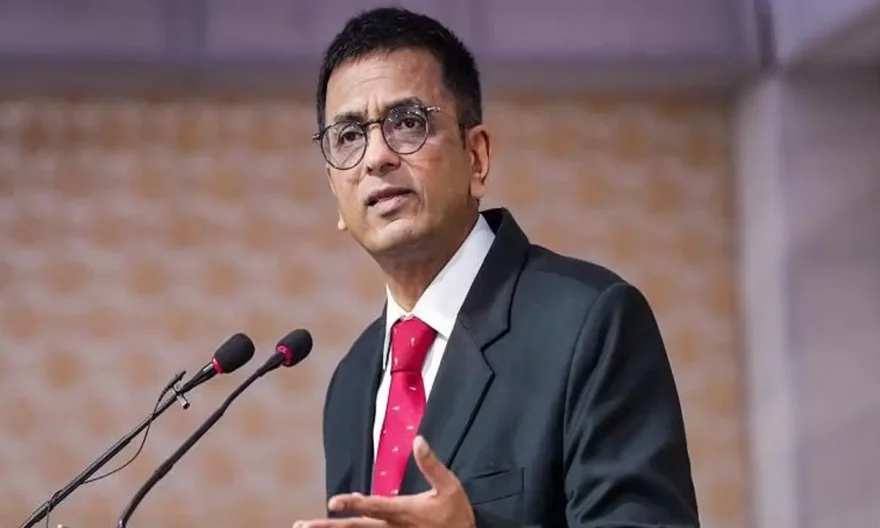
Chief Justice of India (CJI) DY Chandrachud requested lawyers on Wednesday to follow the Supreme Court registry’s directions and produce typed copies of High Court judgments that are unreadable due to large watermarks on them.
The CJI made this statement when an advocate emphasized the difficulties presented by the registry’s insistence on submitting typed copies of judgements along with petitions.
“Comply with the registry. Type it out! We want to read the judgments and we cannot read with watermarks because they are too large. We cannot read with magnifying glasses”, CJI stated. He further added that the watermarks made it impossible for judges to examine hundreds of files every day.
The lawyer then requested the CJI to the High Courts that watermarks be removed from judgements. The Chief Justice responded that the High Courts are not under his administrative supervision. He added that a letter was written to numerous Chief Justices of High Courts raising this concern.
“You must also understand and co-operate with the bench. What’s the point of waving your hands?”, CJI asked the lawyer, making it plain that he will not intervene with the registry’s directives.
This is not the first time CJI has mentioned how watermarks make it harder for judges to understand rulings. In August 2021, Justice Chandrachud, as he was then known, stated that the Supreme Court’s E-Committee will call the tribunals and urge that huge watermarks be removed from the pages of their judgements and orders.
He had stated, “Tribunals don’t come under us, but we will deal with this issue in the E-Committee. We have previously taken up this concern with the High Courts also. We will get in touch with the NGT. It is very bad, their orders just cannot be read.”
He had also emphasized how one of his legal clerks who was visually impaired was unable to read the orders because the watermarks rendered the orders unreadable by machines, and so the watermarks hampered the disabled’s access to justice.
Previously, Justice Chandrachud stated at a public gathering in December 2020 that the practice of placing watermarks on each page of judgments and orders should be discontinued.




